Thomas Francis Meagher – an Irish Name Spelled Two Ways.
This is the story of Thomas Francis Meagher - who ties the Irish flag, the first governorship of Montana, and a daring escape from Van Diemens Land together. In this letter we find out more about this Waterford man - his connection to all of the above, and much more.
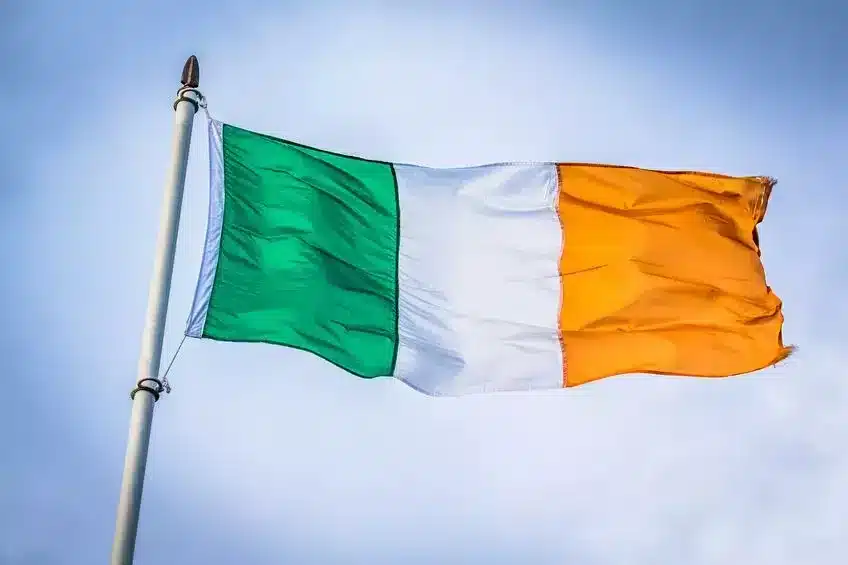
Have you ever been frustrated when you see an Irish surname spelled many different ways? I’m sure you have one or two of these in your Irish family tree.
One of our readers, Chris Grissom, asked the following:
“I have found there are several convergences of “Meagher” and “Maher” in researching my family. This is a specific brick wall for me. How likely would it be for the names to be interchanged in Ireland?”
Noreen Maher (an Irish genealogist) had a specific interest in this subject given her own surname. She replied as follows:
“The surname can be spelt both ways but it seems that different branches seemed to have taken one or the other! I would say that the spelling ‘Meagher’ is rarely found outside of Tipperary while the name Maher is plentiful in Tipperary but also found in Waterford and Kilkenny.”
Thanks for that, Chris and Noreen. But let’s not leave it there. Let’s tuck these facts under our arm and head off on a journey of discovery around one man who happened to go by the surname of “Meagher”.
You see, Meagher is one of those surnames that has become associated with County Tipperary, Waterford City, St. Johns in Newfoundland, the leadership of the Young Irelander movement, Van Diemens Land, education in New York City, leading the Irish Brigade during the American Civil War, the governership of Montana and the hoisting of the very first Irish tri-colour flag.
That’s quite a set of associations for one Irish surname! However, the most interesting thing is that we are not talking just about the wider Meagher clan, but one particular Meagher family – and most of the time about one particular man.
Meet Thomas Francis Meagher – the following video was shot in Waterford City, the birthplace of Meagher:
Thomas Francis Meagher – From Tipperary to Van Diemens Land.
If you ever travel to the north of County Tipperary, you’ll come across the town of Rosscrea. Around this town lies the old Irish kingdom of Èile, part of which was ruled by the “Ò Meachair” – a name that become anglicised as O’Meagher and O’Maher over time. The Meaghers were unusual, as they held their territory against the Normans and ruled the area well into the mid 1600s.
Thomas Meagher was born in the area in 1763AD, but made his way to the port of Waterford and from there to St. John’s in Newfoundland by the close of the 18th century. Waterford and Newfoundland developed close ties over the decades, as so many men left Waterford to fish in the area – sometimes seasonally and sometimes to settle. Thomas Meagher was one of those settlers, and advanced from farmer to trader to ship-owner – he then went on the establish a successful trading connection between St. Johns and Waterford City.
The business was so successful, that he sent his eldest son, Thomas, back to Waterford to oversee the interests of his company. Thomas junior settled in Waterford, married Elizabeth Quan/Quaine – and they had five children together. They named their eldest boy Thomas Francis Meagher.
So, Thomas Francis was born into a wealthy trading family – and achieved an education to match in Dublin and England. Over those years, he developed a skill for oratory that would be put to good use in the causes he became associated with over the coming years.
First up was the “Young Ireland” movement – a group in Ireland that looked for independence from the United Kingdom. It was during this time that Meagher and his friends flew the new green, white and orange Irish tricolour flag from the roof of a building in Waterford City for the first time. In the words of Meagher:
“The white in the centre signifies a lasting truce between the ‘orange’ and the ‘green’, and I trust that beneath its folds the hands of the Irish Protestant and the Irish Catholic may be clasped in generous and heroic brotherhood.”
Shortly afterwards, Meagher and his friends were charged with treason and sentenced to be “hung, drawn and quartered”. However, this sentence was commuted to transportation to Van Diemens Land (modern Tasmania in Australia). He stayed there for all of two years, escaped and had the means to travel to New York City where he studied Law and journalism – eventually becoming a lecturer and US citizen.
From the Irish Brigade to Montana.
He also became a captain in the New York militia, and by the time of the onset of the US Civil War in 1861, started to recruit New York Irish into a new Irish branch of the militia. In 1862, he was made a Brigadier-General of the Union army, and went on the form a new “Irish Brigade“. At the onset of the civil war, many Irish men were torn between supporting the confederates in their bid for independence (they could empathise with that), or preserving a Union that offered personal freedoms that they had sought for so long. One of the aims in forming the Irish Brigade was to solidify Irish support behind the Union. Meagher led the brigade into many battles until his resignation in 1863.
At the end of the war, he travelled to the Territory of Montana and was made acting-governor on his arrival. However, in July 1867, Thomas Francis Meagher fell overboard from a steamer on the Missouri river while recovering from an illness. His body was never recovered.
Today, there is a statue of Thomas Francis Meagher on horseback in front of the Montana state capitol building, and a similar statue in his original home city of Waterford, Ireland.
It seems to me that the journey of Meagher and his family through life reflects so much of the Irish journey over the past two hundred years. From tribal homelands, seasonal emigration overseas, participation in revolt, conviction, deportation, emigration and achieving public service overseas. Maybe this is the story and journey of your Irish ancestors?
Today, you will see that same tricolour flag that was hoisted by Meagher and his friends over a Waterford building in 1848 – but this time it is flying freely over hundreds of Irish buildings.
That’s it for this week. Do feel free to ask a question or say hello anytime – all you need to do is leave a comment below.
Slán for this week, Mike and Carina.

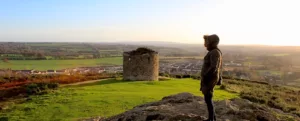
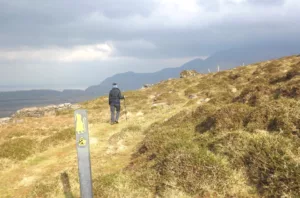
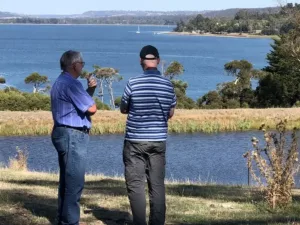
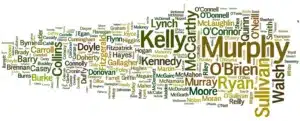
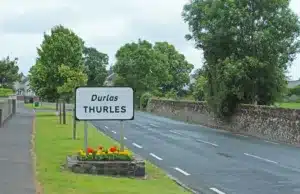
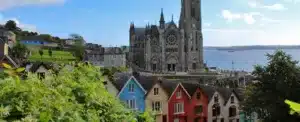
Only Plus Members can comment - Join Now
If you already have an account sign in here.